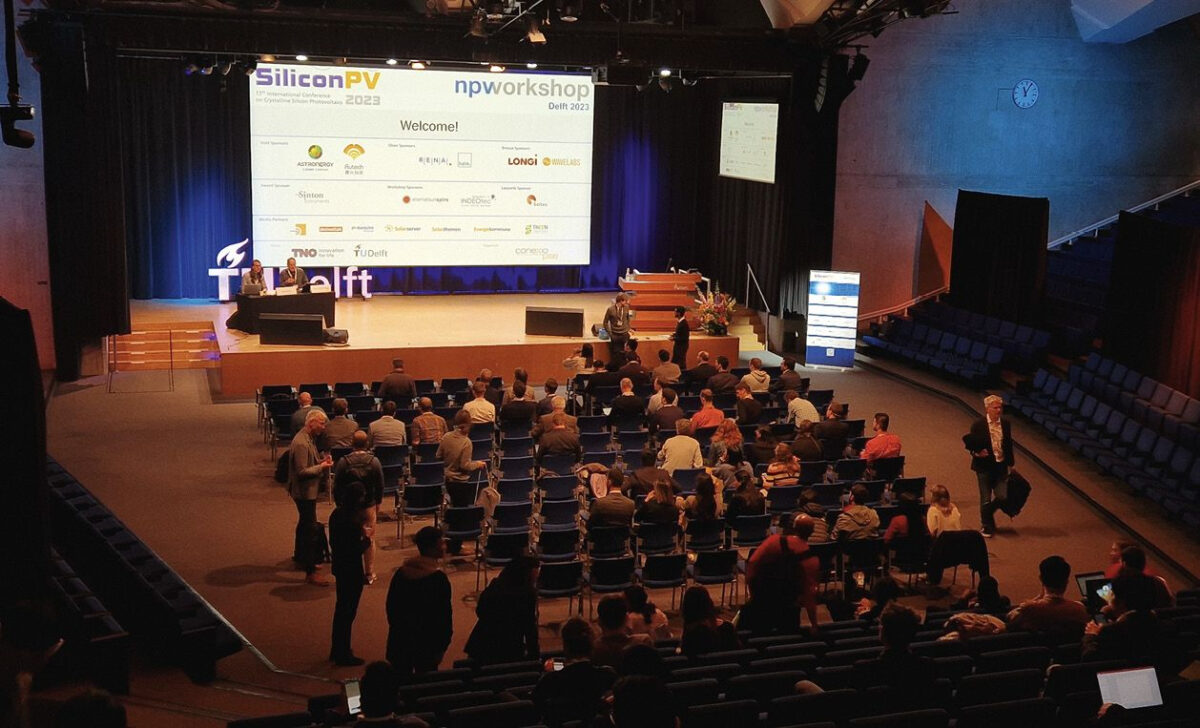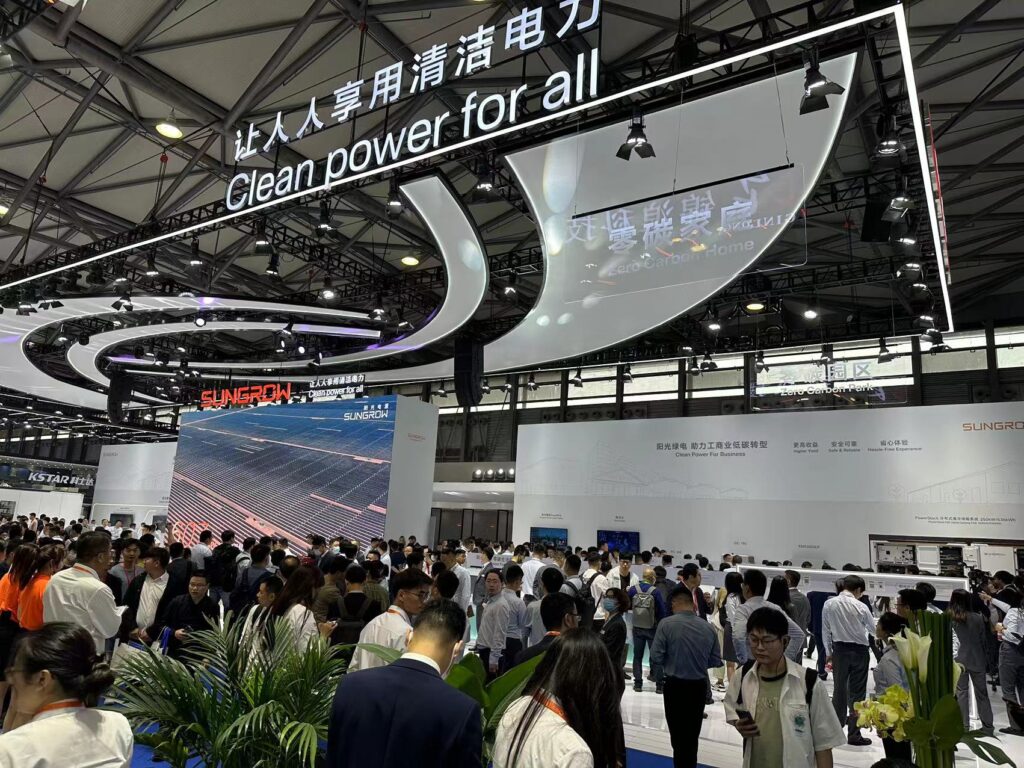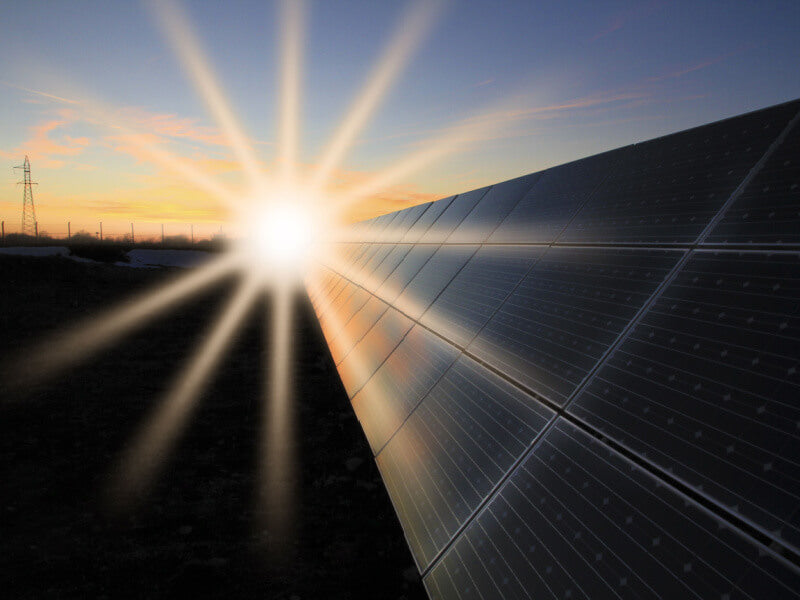https://www.pv-magazine-australia.com/2023/05/27/weekend-read-the-cells-of-the-future/
the cells of the future

SiliconPV came to the Aula Conference Center at TU Delft, where solar’s consumption of rare and expensive materials, tandem PV, industrial ties, and potential degradation were hot topics.
Photo: pv magazine/Mark Hutchins
From pv magazine ISSUE 05/23
Discussions at this year’s SiliconPV conference were held with a sense of urgency. The event coincided with the publication of a paper in Science by leading figures in the global solar industry and research community, titled “Photovoltaics at terawatt scale: Waiting is not an option.”
Drawing on this publication in his opening speech, conference chair Arthur Weeber, of TNO, (Nederlandse Organisatie voor Toegepast Natuurwetenschappelijk Onderzoek, a Dutch research organisation) noted that the world will need to have 75 TW of solar installed by 2050, and that photovoltaics should be defined by the EU as a technology of high strategic importance, in order to accelerate efforts to bring full value chain manufacturing back to the region.
Industry ties
Having begun on this note, a close link between the PV researchers and industry was evident throughout, and much more so than in previous years, where the transfer to larger scale felt like little more than a dot on the horizon. Processes and solutions suitable for industrial use were the focus of much of the work presented. Offerings in which those aspects were less obvious were invariably followed by a barrage of questions on larger device size, industrial applicability, material usage, and more.
Materials matter
Sticking with the trend of industrial awareness, SiliconPV 2023 revealed a strong focus on ending solar’s reliance on rare or expensive materials that don’t lend themselves to the industry’s model of growing scale and shrinking cost.
In a session on heterojunction technology, four out of six presentations looked at ways to reduce or remove indium from the materials list – with a range of innovative solutions on offer. Tristan Gageot, of CEA (Commissariat à l’Énergie Atomique, the French alternative and atomic energy commission) Ines (Institut National de l’Énergie Solaire, a solar research institute) spoke of challenges in slimming down the indium tin-oxide layer from 20 nm to 15 nm, 10 nm, or even 5 nm. And Anamaria Steinmetz, of Fraunhofer ISE, a German research institute, presented a cell that could do away with indium entirely. Both of these solutions rely on adding a nanocrystalline silicon layer to the stack to reduce indium content – which remains a promising approach but one that’s difficult to implement in a large-scale deposition process.
Already better documented is the need to cut silver out of all types of solar cell. Copper, or silver coated copper, have seen much progress as replacements. It was interesting to note this year, however, that more work focused on aluminium pastes – which have the advantages of further industrial development and can be used in the same screen printing processes cell makers have long used.
Focus on degradation
In highlight sessions on the first morning, Wolfram Kwapil, of Freiburg University, described light-elevated temperature-induced degradation (LETID) as “the phenomenon of the PERC [passivated emitter, rear contact] era,” and Manchester University’s Tarek Abdul Fattah outlined the current state of the art – we know that the LETID mechanism involves hydrogen atoms and is affected by properties of the dopant but little else is agreed upon.
Gallium doping certainly makes cells less susceptible to performance loss from LETID but cannot be said to eliminate it completely. Various alterations to the firing process in cell production have also been shown to improve LETID performance but there’s still work to be done.
Fully explaining that mechanisms behind LETID has become a major goal for PV researchers and a range of sophisticated models to explain the performance loss – as well as sophisticated imaging techniques aiming to track the behaviour of hydrogen atoms in the material – was presented.
Bram Hoex, from the University of New South Wales, also shared new work on potential-induced degradation (PID), noting that this has been an increasing problem in the past few years thanks to bifacial modules and a degradation mechanism particularly affecting the rear side of panels. Hoex warned that newer TOPCon [tunnel oxide passivated contact] and HJT [heterojunction] modules may also be more susceptible to PID than the current generation of modules, and outlined a new testing protocol to detect it early on.
Tandem future
The keynote speech at this year’s conference was delivered by Rutger Schlatmann, of Helmholtz Zentrum Berlin, a research institute, who noted that PV efficiency has increased, on average, by 0.6% per year since the first cells were made in the 1960s. He described perovskite-silicon tandem cells as “the missing link” to keeping the technology on this trajectory, further noting that the knowledge to do this is very much present in Europe.
A later session on research into tandem cells revealed more of the, previously-mentioned closer link to industry. Much of the work here focused on further optimisation of silicon cell processing for integration with another top cell, with the addition of a nickel-oxide layer mentioned by a few researchers as a potentially useful innovation.
This content is protected by copyright and may not be reused. If you want to cooperate with us and would like to reuse some of our content, please contact: editors@pv-magazine.com.
<




